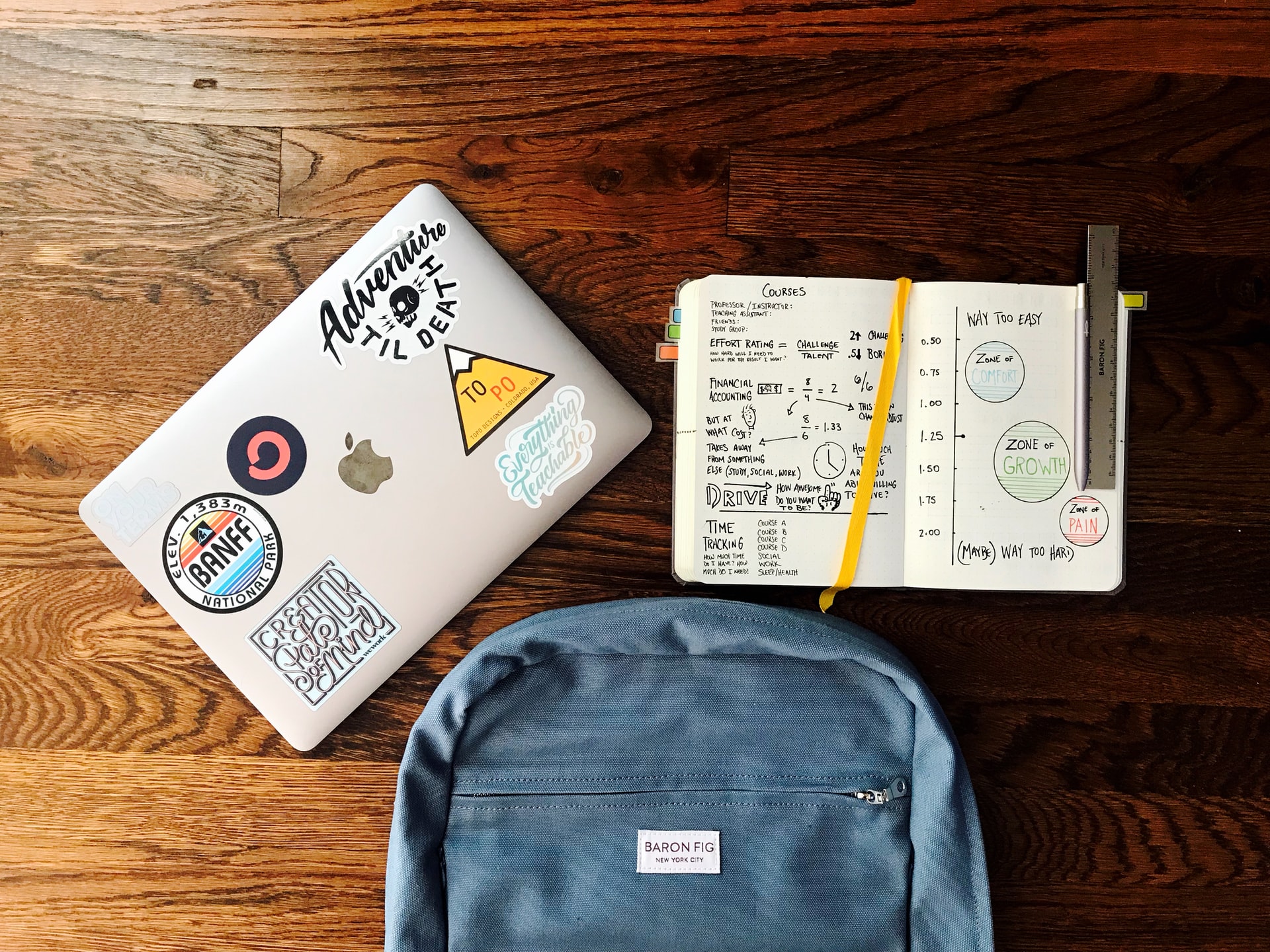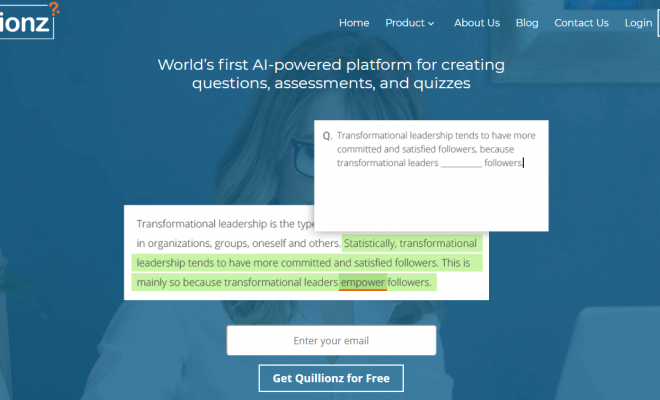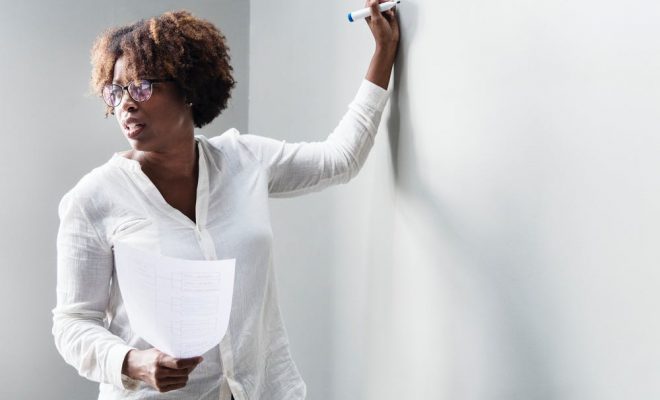3 Ways Artificial Intelligence Amplifies Innovation

The trepidation surrounding artificial intelligence and machine learning hasn’t subsided.
Many educators wonder how possible is it that machine learning could replace the tasks and jobs we’ve trained for, leaving many without employment? What happens when artificial intelligence takes over?
The answer is that we will become more creative. As humans, we have characteristics that no machine will develop: empathy and innovation.
AI is nothing without innovation
People are innovators.
We thrive on solving problems and making things better than they were. To think and work at this high level of engagement, we must be creative. This creativity helps us form better relationships through empathy, embrace opportunity, and shift our perspective.
If you want to capture the imagination of students, for example, offer a course that encourages students to use their creativity in novel ways. For example, “coding” is dull-sounding to many; however, “computational thinking” brings with it the suggestion that innovation skills are a must.
Software can code. What it can’t do is innovate. Humans do that, and we must teach our students how to be creative if they are to innovate.
Creativity dominates machine learning
Machines will be innately better at some things than humans. There’s probably not a person on the planet who can spin at 140 rpm, but machines can do that for hours on end.
Similarly, machine learning outperforms most students – and their teachers – when it comes to calculating formulas. Machines, especially the software to operate them, are better at sequential tasks like coding, as well.
Tom Hulme, general partner at GV (Google/Alphabet), believes in spending less time teaching coding in schools and more time encouraging students to be empathetic and creative thinkers:
“Instead of glamorizing memorization and rote testing, we must place a greater emphasis on speed of learning, understanding context, being adaptable, and especially on how to frame the right question, whether as a search query, as a citizen in a democracy, or as a complex algorithm.”
Regardless of how intelligent machines become, it is our empathy and creativity that will catapult the human race into continued improvement.
Artificial intelligence forces us to be creative
We rely heavily on our computers and software algorithms to harvest data and sift it into manageable piles. Companies from every industry routinely analyze big data for identifying trends and setting goals. The predictive insights needed for interpreting business data are equally necessary for analysis of student learning.
The education filed is no different. Teachers already use AI for formative and summative purposes. Data management systems reveal student success by overall score and learning objective. The results illuminate how the class is doing as a whole and in which areas all or some of the students need additional help. The AI program may even suggest the next steps based on widely-accepted best practices.
It is the teacher, however, who determines which suggestions to accept. Every instructional decision must take into consideration more than the data alone. Determining a course of action requires analysis, reflection, and a deep understanding of how students learn. Designing appropriate learning experiences takes creativity on the part of the teacher.
In conclusion
Machine learning isn’t going to take over. It’s going to push us to become better versions of ourselves, and that’s something to get excited about. This improvement begins in the classroom with teachers.
Perhaps the best reason to be excited about AI in the classroom is that it will amplify innovation, and that’s what the best teachers excel at.






